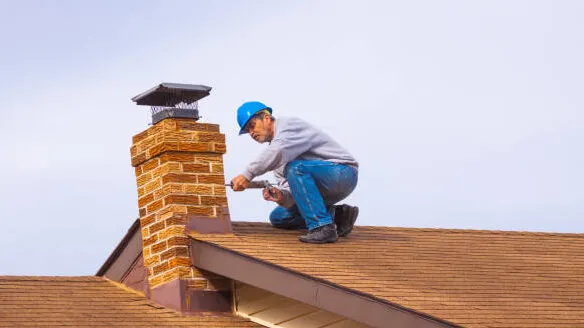Introduction
In the cozy embrace of a home, the chimney stands as a silent sentinel, quietly performing its duty to keep the hearth warm and the ambiance comforting. However, over time, the wear and tear of weather and age can take their toll on this vital structure. That’s where chimney restoration comes into play, breathing new life into these age-old guardians of warmth and safety. In this article, we’ll delve into the importance of chimney restoration, the process involved, and why it’s essential for maintaining a safe and efficient fireplace.
Why Chimney Restoration Matters
Chimneys, often overlooked, play a crucial role in maintaining the integrity of a home. They serve as conduits for smoke and gases to safely exit the building, preventing indoor air pollution and ensuring the safety of inhabitants. However, due to constant exposure to the elements, chimneys can deteriorate over time. Cracked bricks, crumbling mortar, and damaged flues are not uncommon issues that plague aging chimneys. Neglecting these problems can lead to more significant issues such as fire hazards, carbon monoxide leaks, and even structural collapse.
The Chimney Restoration Process
Chimney restoration is a meticulous process that requires expertise and precision. It typically begins with a thorough inspection by a qualified chimney professional. This inspection helps identify any underlying issues and determines the extent of restoration required.
Once the assessment is complete, the restoration process may involve various steps, including repairing or replacing damaged bricks and mortar, installing new liners, waterproofing the chimney, and addressing any structural deficiencies. Additionally, chimney caps and crowns may be installed or repaired to prevent water infiltration and protect against animal intrusion.
Benefits of Chimney Restoration
Investing in chimney restoration offers numerous benefits for homeowners. Firstly, it enhances the safety of the home by ensuring that the chimney functions properly, reducing the risk of chimney fires and carbon monoxide poisoning. Secondly, chimney restoration improves energy efficiency by sealing leaks and optimizing airflow, thereby reducing heating costs. Moreover, restoring a chimney enhances the aesthetic appeal of the home, preserving its charm and character.
Conclusion
In conclusion, chimney restoration or chimney construction is a vital aspect of home maintenance that should not be overlooked. By addressing issues such as cracked bricks, deteriorating mortar, and damaged flues, chimney restoration enhances the safety, efficiency, and longevity of the chimney and the home as a whole. Whether it’s preserving a historic landmark or ensuring the safety of a modern residence, chimney restoration plays a crucial role in maintaining the hearth and home for generations to come. So, if you notice signs of chimney deterioration, don’t hesitate to consult a professional chimney expert and invest in the restoration of this essential component of your home.












